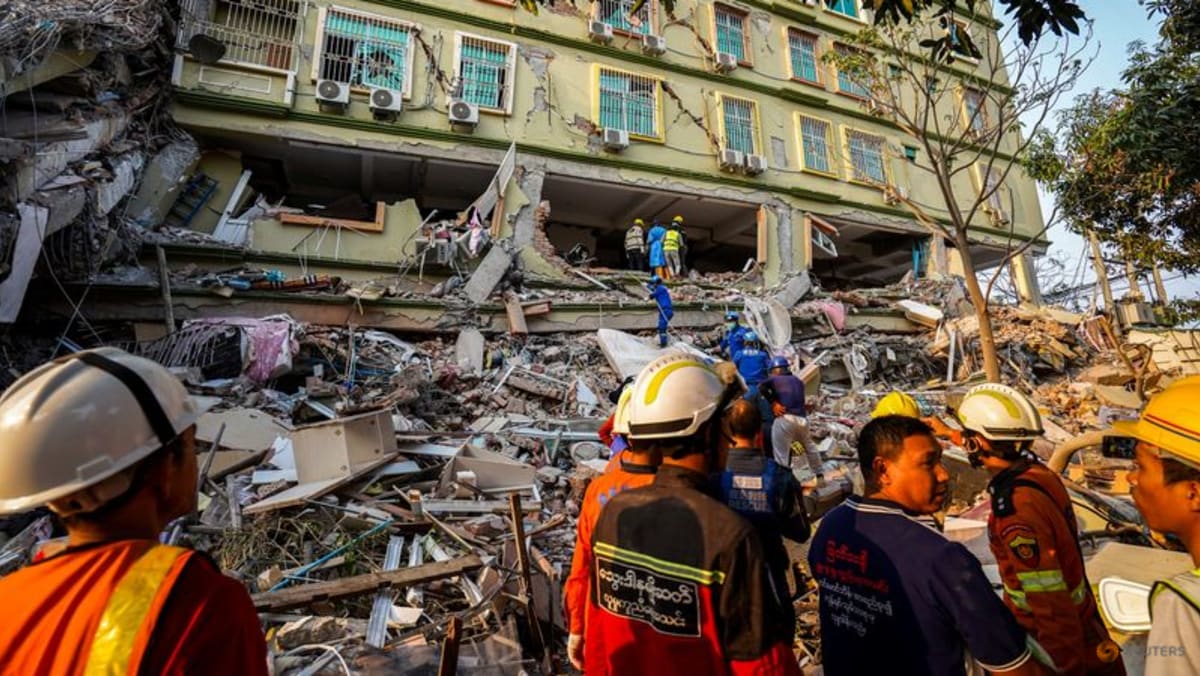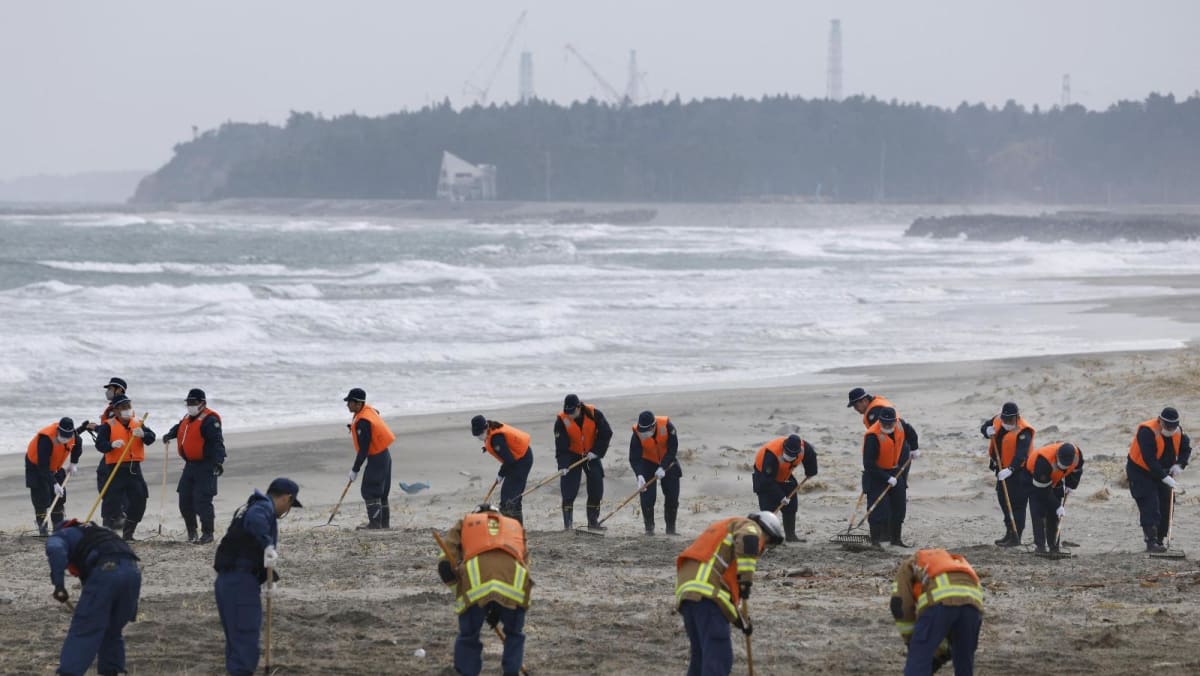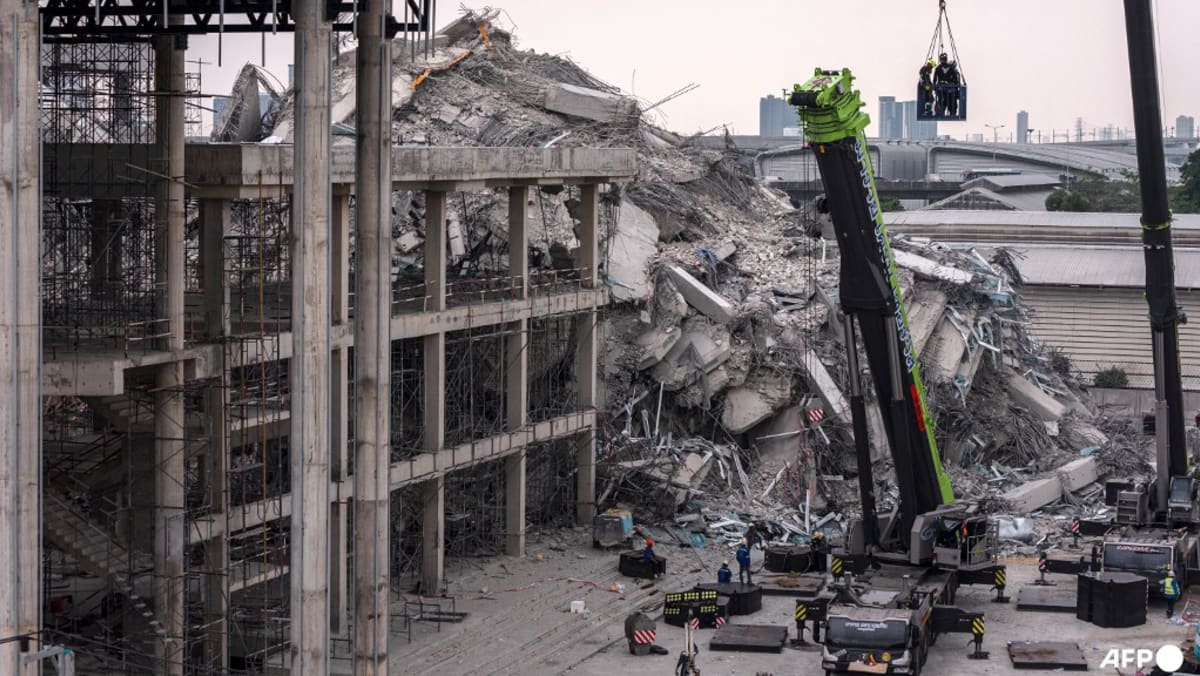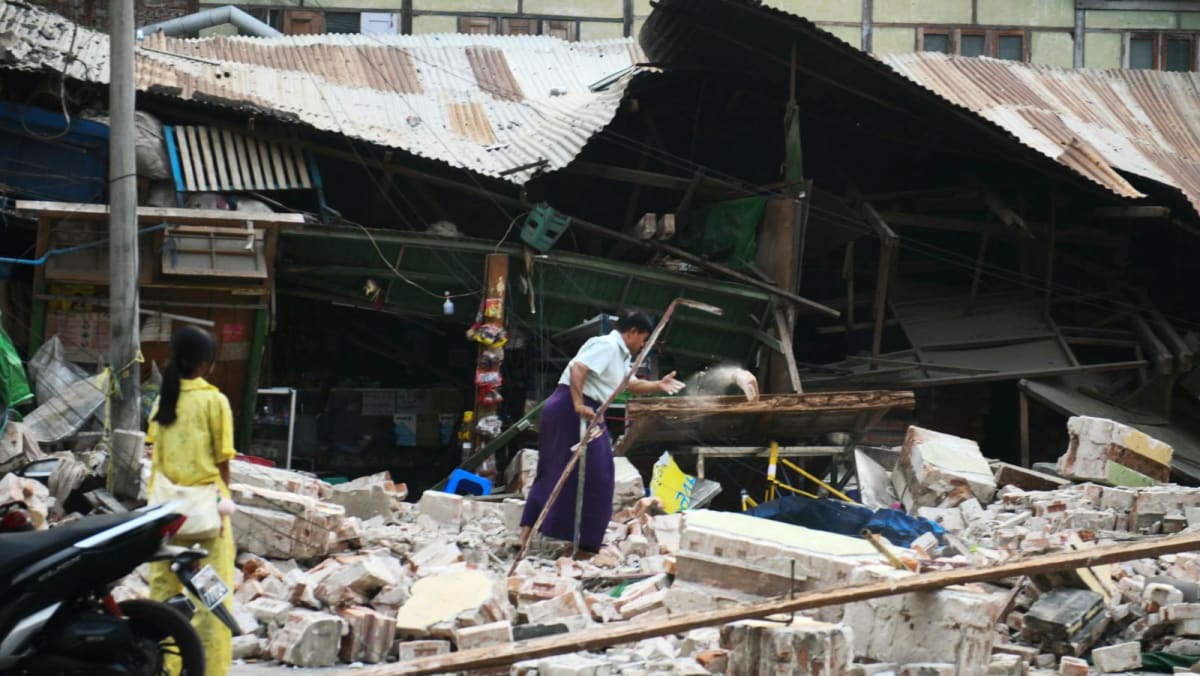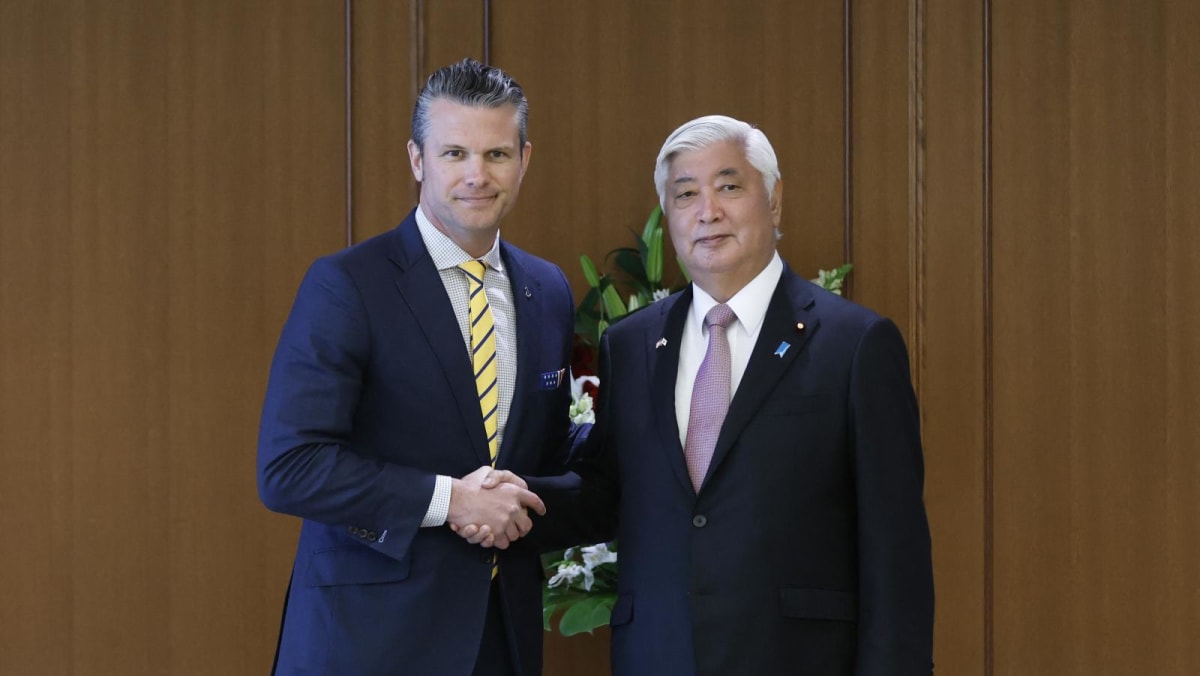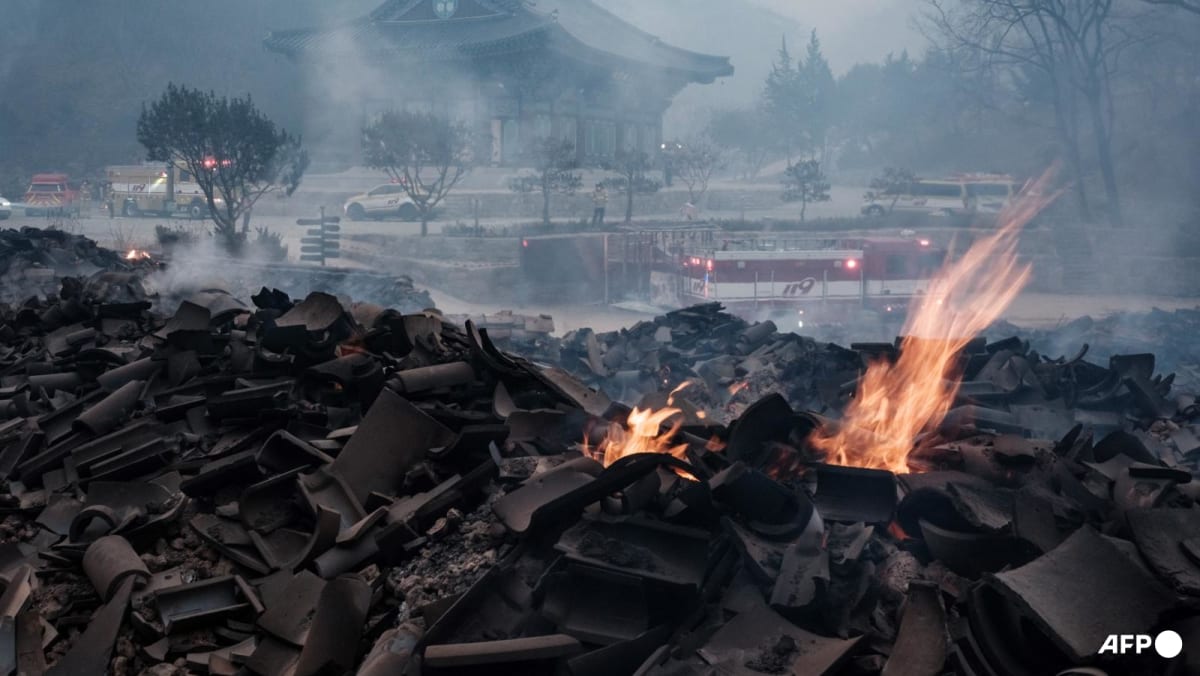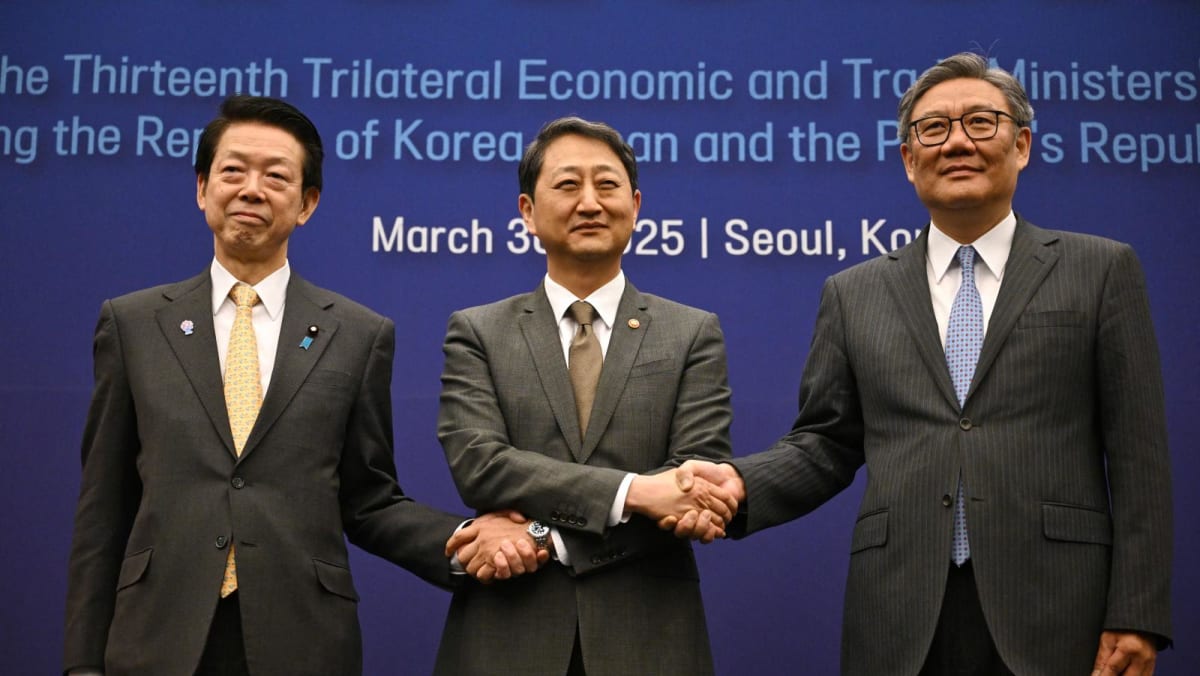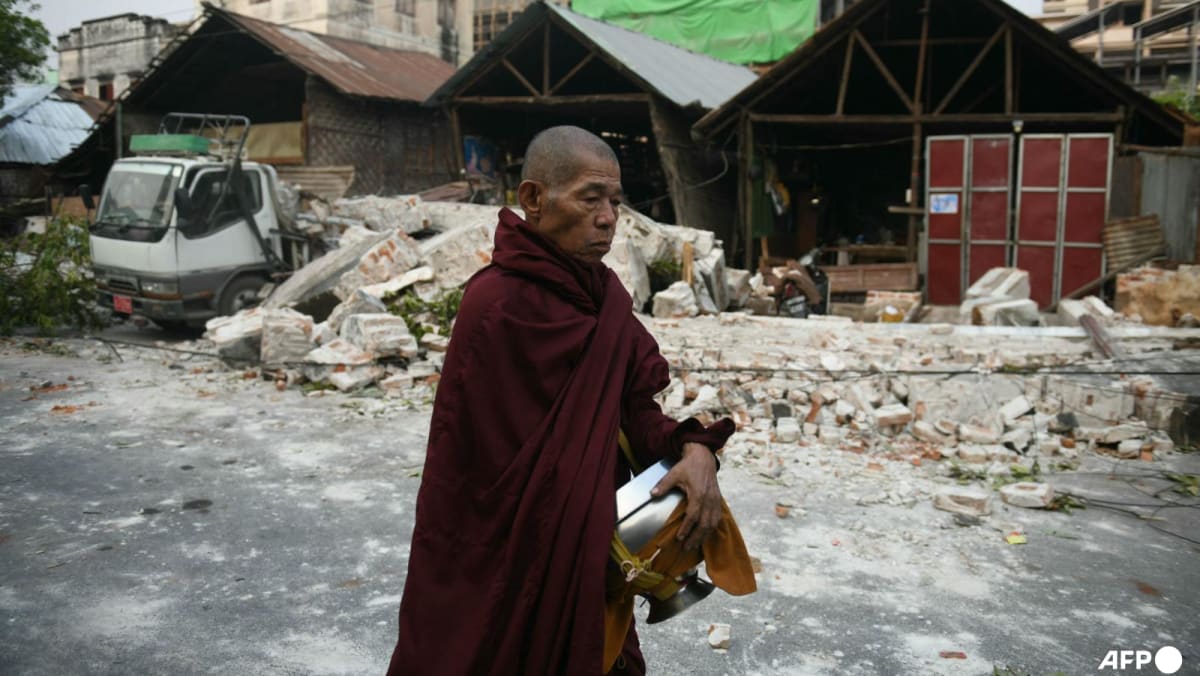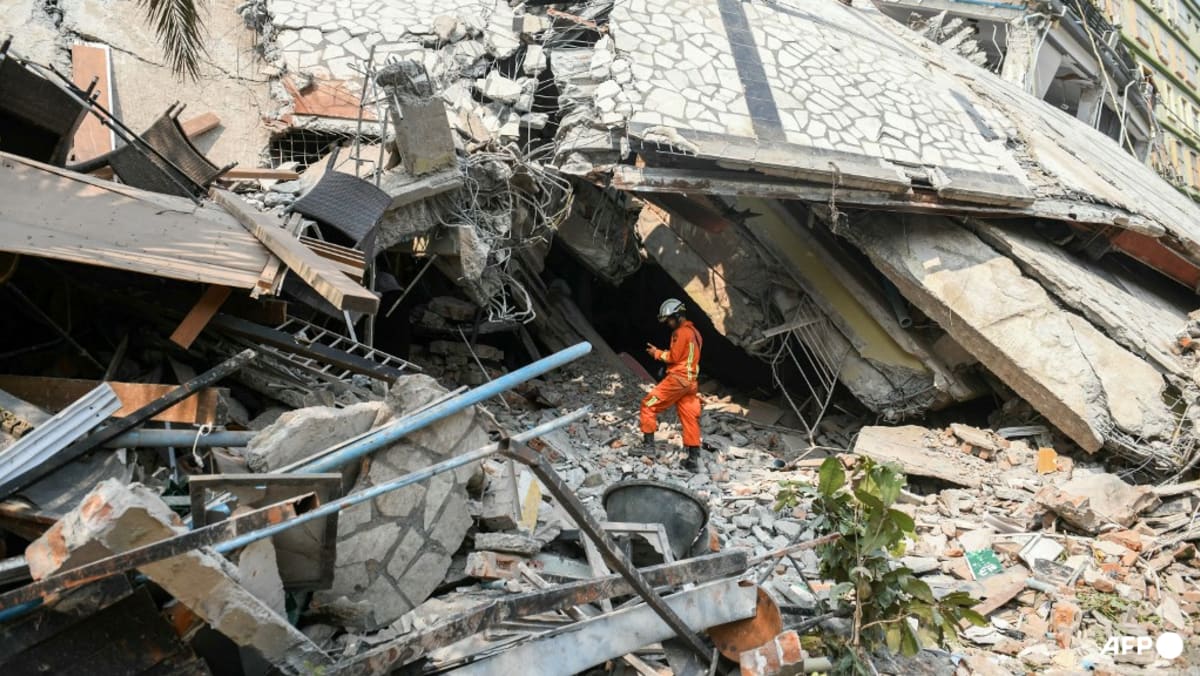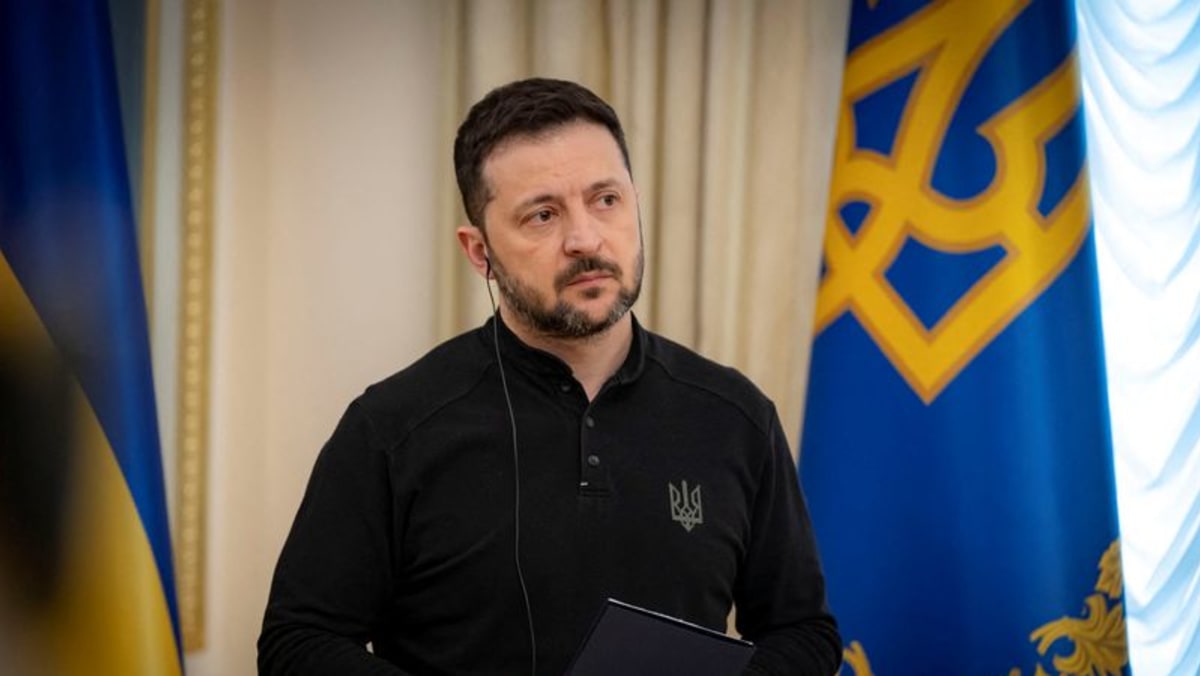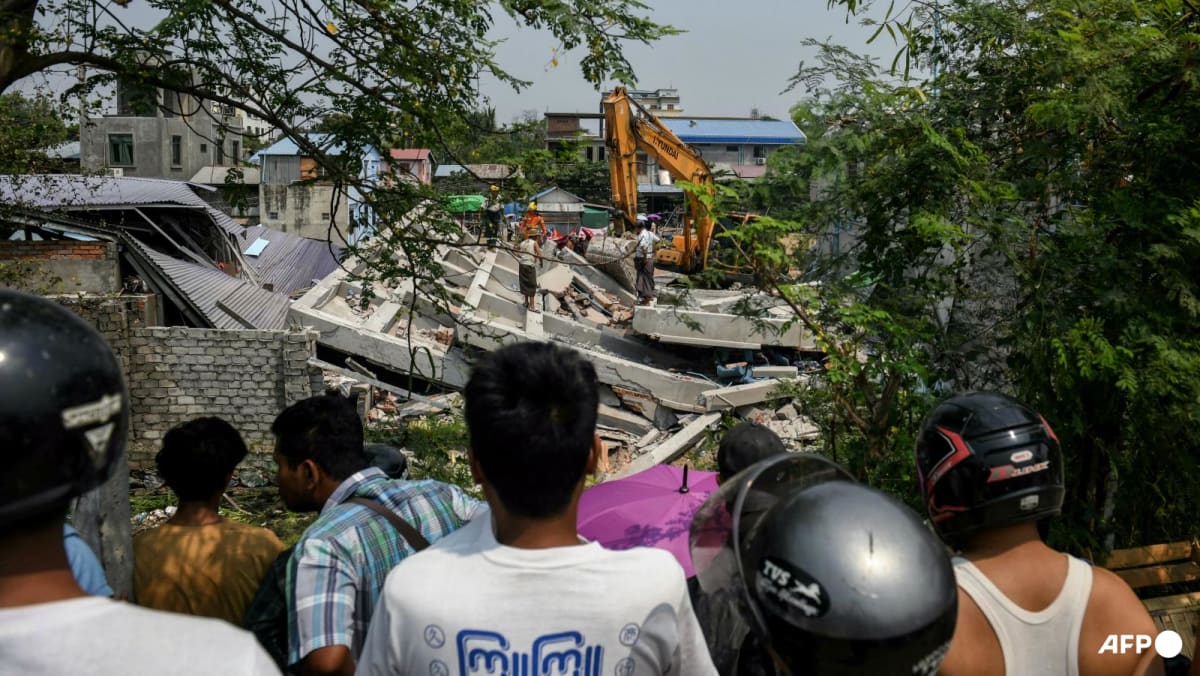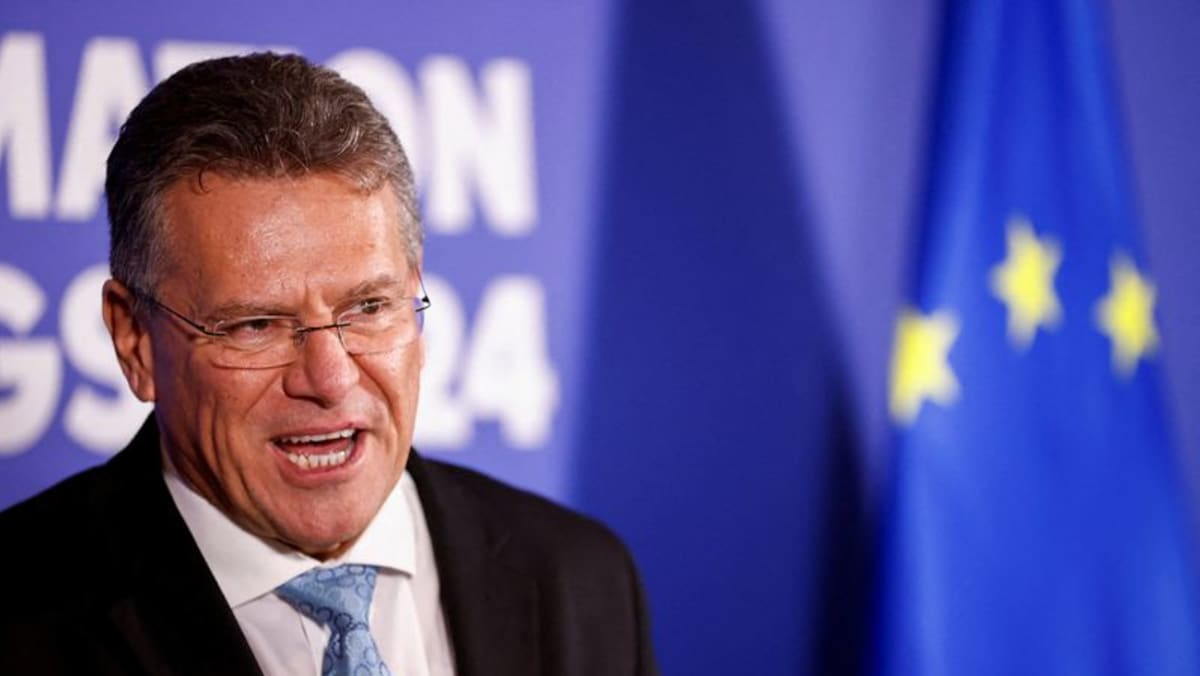How much has Philippine President Ferdinand Marcos Jr advanced his country’s renewable energy ambitions?
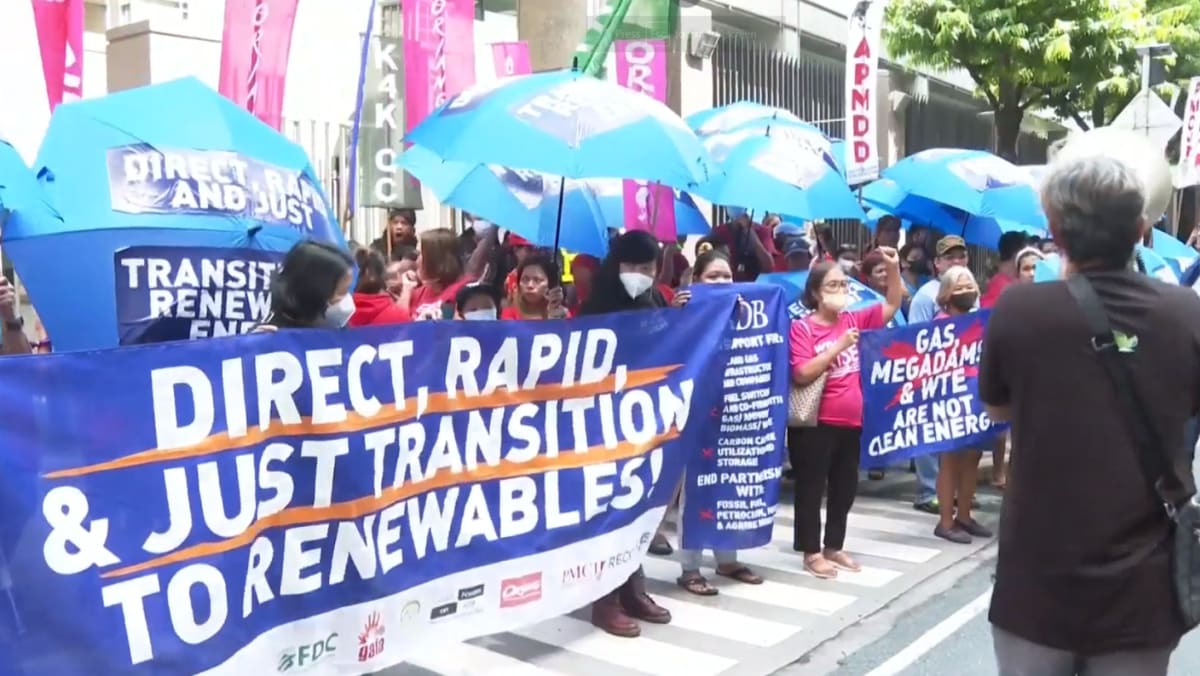
Mr Marcos Jr believes a transition fuel is needed before the country starts using renewable energy.
“In the move to lowering our carbon footprint caused by energy production, our advancement to renewables will have a lead time. In the interim, natural gas will hold the key,” he said at his first State of Nation address last year.
TRANSITION TO CLEAN ENERGY
However, climate activists like lawyer Aaron Pedrosa told CNA a direct transition to clean energy benefits a climate-vulnerable country like the Philippines.
“It makes no business sense to continue investing in fossil fuel projects, in false solutions. Instead, think about the survival of humanity, especially of countries in the global south like the Philippines,” said Mr Pedrosa, secretary-general of clean energy advocates Sanlakas.
The Philippines’ power issues go beyond costs, with basic access also an issue. Across the country, 188 towns remained off-grid as of 2021.
Most of these towns are on the main island of Luzon, which accounts for some 70 per cent of the country’s economy.
The nature of the Philippines archipelago poses a challenge to power distribution, said economist Alvin Ang.
He noted that while the country has hydro, geothermal and wind energy, the challenges are their sustainability and the capacity to link the systems.
Source: CNA


